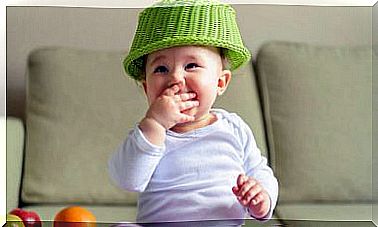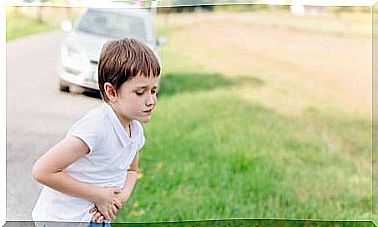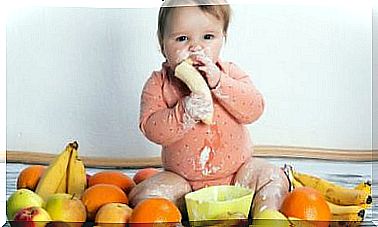Protecting The Skin Of Children With Cancer
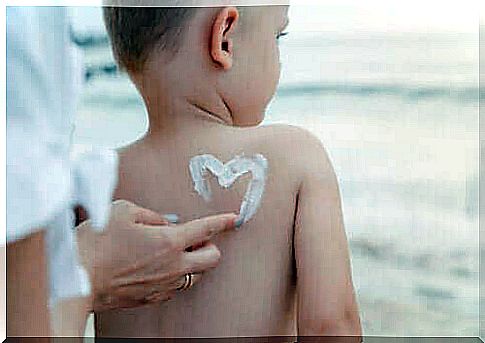
The skin of children with cancer is often more sensitive to the sun due to the treatments they have to undergo. These can be, for example, radiation therapy or chemotherapy. The skin of these children burns more easily, and the chances of developing some type of malignant melanoma increase. For the same reason, there are certain precautions that should be followed to protect the skin of children with cancer. In this article, we talk about some steps you should take.
Effects of skin cancer treatments
Cytostatics cause redness, rashes and various types of skin irritations. Radiation therapy is another procedure that can cause similar signs and symptoms (along with inflammation, scaly skin and blisters) in the treated area.
Mandatory use of sunscreen to protect the skin of children with cancer
Children are very dependent on their parents for sun protection, which makes them a very vulnerable group. There are different forms of sunscreen: Spray, cream, gel and lotion. In the case of children, the spray may be the most advantageous because of how easy it is to apply.
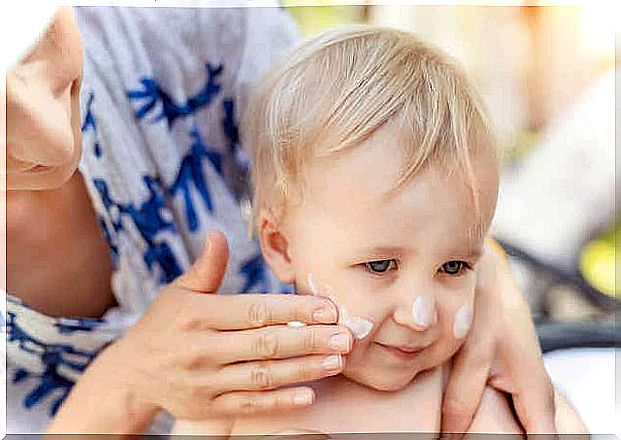
When choosing a sunscreen, you should choose those that have a broad UVA and UVB spectrum and an SPF (sun protection factor) of 50 or more. In addition, you should verify the product’s expiration date. Remember that the product only lasts for one year after opening.
Moisturize the skin constantly
Children who have been forced to undergo therapeutic interventions such as radiation therapy or chemotherapy result in a damaged skin surface. Consequently, the skin barrier changes and must be regenerated more often.
Proper and regular moisturizing is one of the most important steps to implement when caring for the skin of children with cancer. There are moisturizing creams on the market that also have sunscreen to combine several steps in skin protection.
Wearing wide-brimmed hats helps protect the skin of children with cancer
The use of wide-brimmed hats helps to protect body parts that can easily be forgotten when wearing sunscreen. The neck, ears and scalp are some examples that you can protect with this measure.
In addition, you should not only apply sunscreen on days when the sun is visible, but also on cloudy days. Ultraviolet rays are capable of penetrating the clouds to damage your skin.
Choosing allergy-friendly products
Allergy-friendly products are known to reduce the likelihood of irritation, allergies or intolerances. This type of product is not only beneficial for people with sensitive skin, but for everyone. This is because no one is exempt from developing an allergic reaction. Allergy-friendly creams, soaps and shampoos do not contain fragrances or dyes that act as allergens on the skin.
Avoid intense sunshine
Baby skin is more sensitive than the skin of an adult, so it is important to increase protective measures. This means, for example, staying away from the sun during the hours when the sun is most intense and the radiation is at its highest. In other words, between 12 noon and 4 pm, you should avoid exposure to the sun during these hours, and choose places in the shade. In addition, you should never expose children under 6 months to the sun, not even if they have sunscreen.
Clouds, or cloudy days, can give a false sense that there are no ultraviolet rays that can affect the skin. But they actually pass through the clouds and cause the same damage as if the sun had been there. It should be noted that surfaces such as sand, snow and water increase the effects of the sun’s rays. Therefore, do not forget to reapply sunscreen every two hours.
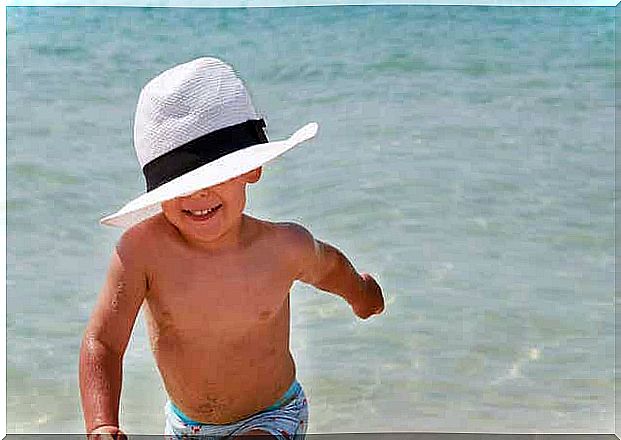
Choose optimal clothes
For skin that is more sensitive, or that suffers from some change in the skin barrier, the choice of clothing is a crucial factor. It is also preferable to wear 100% cotton clothes in light colors to avoid skin contact with dyes in the clothes. A good protective measure is to try to cover the skin surface that is exposed to the sun with clothing.
There is also a growing range of sun protection clothing with a built-in UV filter. The UPF classification is the degree of radiation penetration through clothing. In fact, the minimum UPF standard for clothing should be 40 to 50.
It is important to protect the skin of children with cancer
As we have just mentioned, it is important to follow guidelines for skin care and protective measures when it comes to children who have cancer. Although the above recommendations are especially true for children with cancer, in fact, everyone should follow these recommendations to protect and care for their skin.



